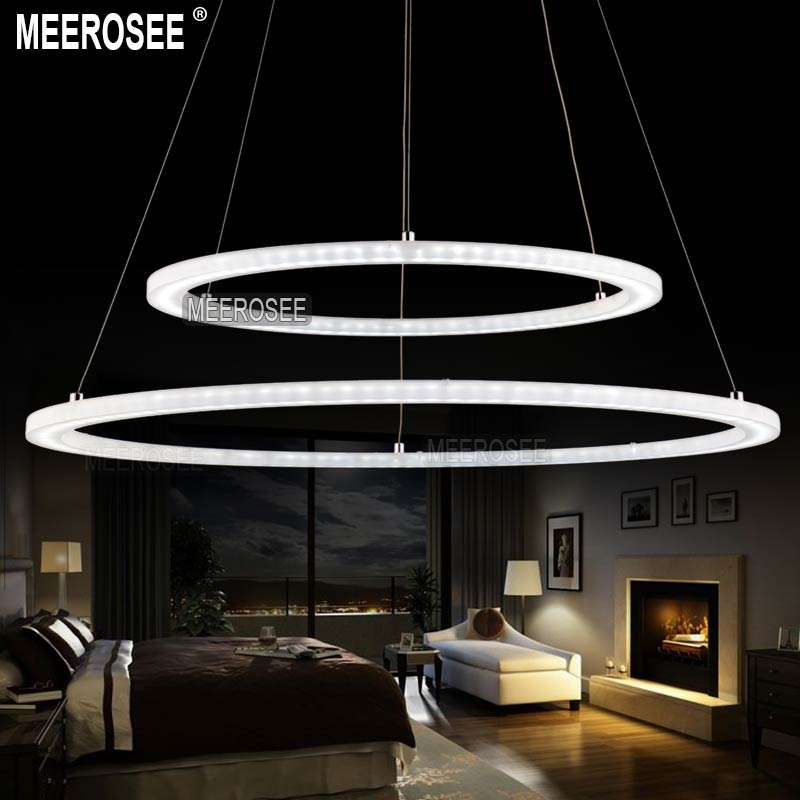joonatan11
Newly Enlightened
- Joined
- Feb 2, 2015
- Messages
- 10
Hi,
So i came here to get some advice and guidance, i hope you guys can help me sort some things out...
So i would like to make a plexiglas lamp hanging from the ceiling . I'll add a picture of the drawing i have.

So the question is how many and what leds to use ? room it self is 18m2 or 193 square feet. I have heard that 500 lux for 1m2 is enough...?
And i think the most important question is cooling of the leds or choosing leds that can be in closed place...Or just running them lower mA..?
And driver should be as small as possible to hide it in the cover part in the ceiling .
So any ideas are most welcome...
Joonatan11
So i came here to get some advice and guidance, i hope you guys can help me sort some things out...
So i would like to make a plexiglas lamp hanging from the ceiling . I'll add a picture of the drawing i have.

So the question is how many and what leds to use ? room it self is 18m2 or 193 square feet. I have heard that 500 lux for 1m2 is enough...?
And i think the most important question is cooling of the leds or choosing leds that can be in closed place...Or just running them lower mA..?
And driver should be as small as possible to hide it in the cover part in the ceiling .
So any ideas are most welcome...
Joonatan11





